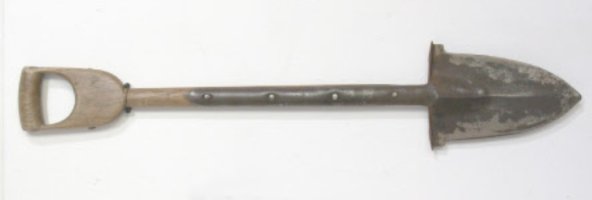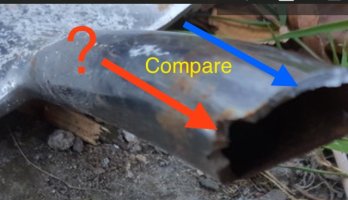This spade had been bought new in 1997 from Costco Glasgow. It has worked flawlessly and faithfully for all that years. It was strong like a tank digging and scooping soils, gravels and chips. It dug out many plants, trees, grass patches and weeds. But it suddenly broke yesterday when digging the soil in the corner of the garden. I was so surprised to see a tool that I thought was impossible to destroy and would outlive us broke just like that.
Do some metals get life time for its structural strength? Or is it just one off event in material universe? It didn't come with life time warranty, regretfully.

Do some metals get life time for its structural strength? Or is it just one off event in material universe? It didn't come with life time warranty, regretfully.




